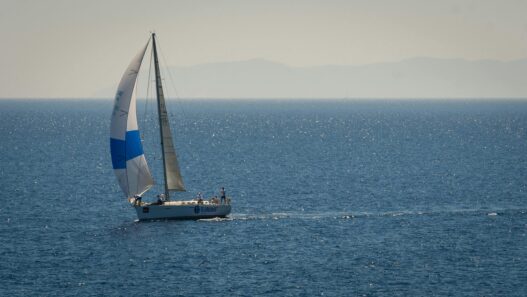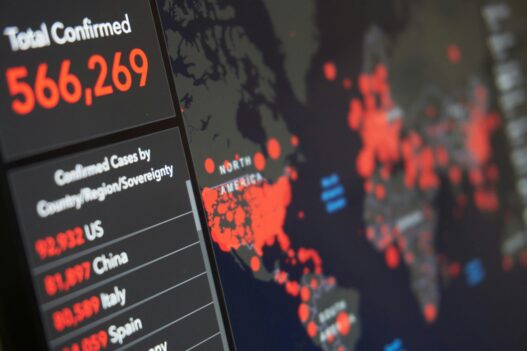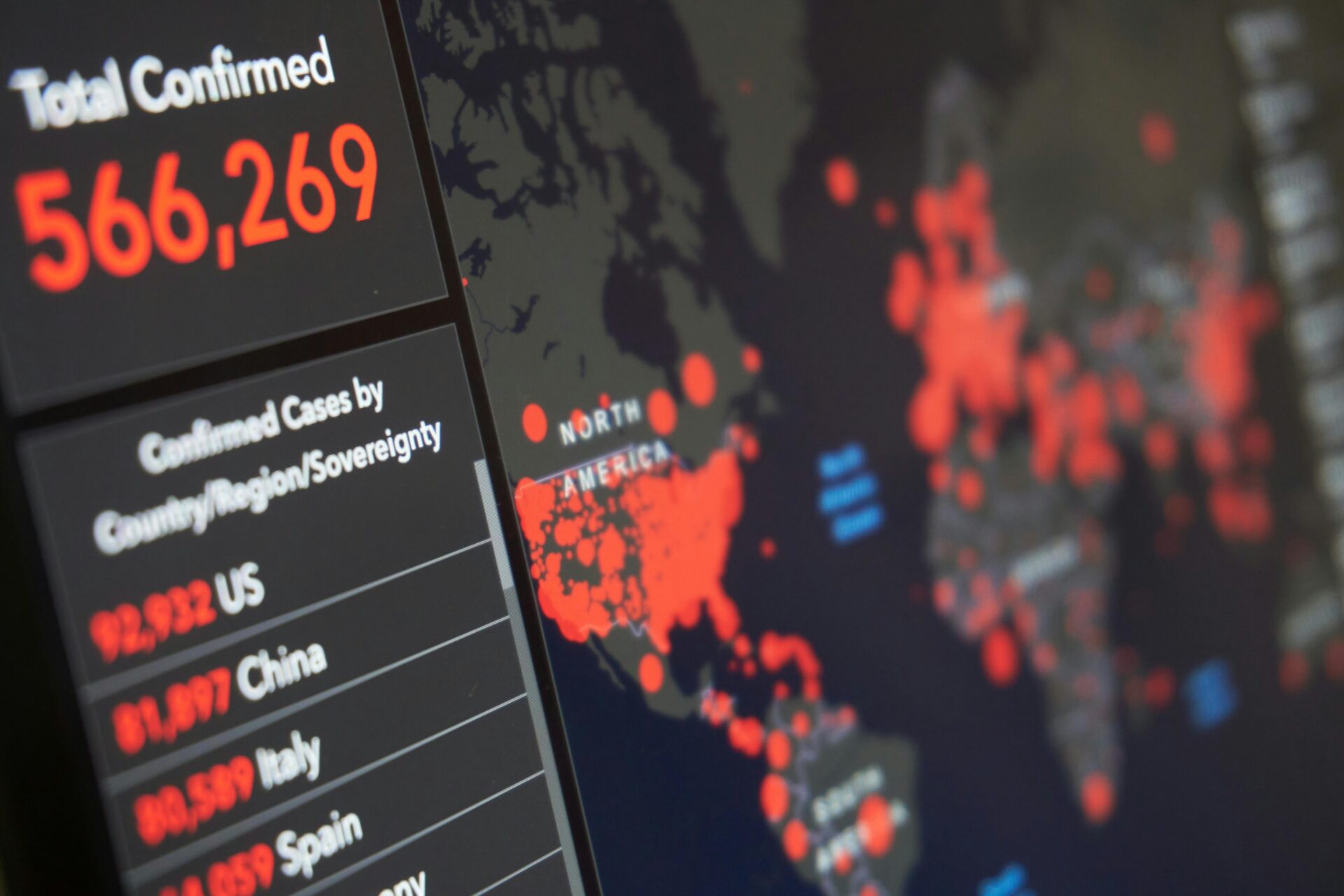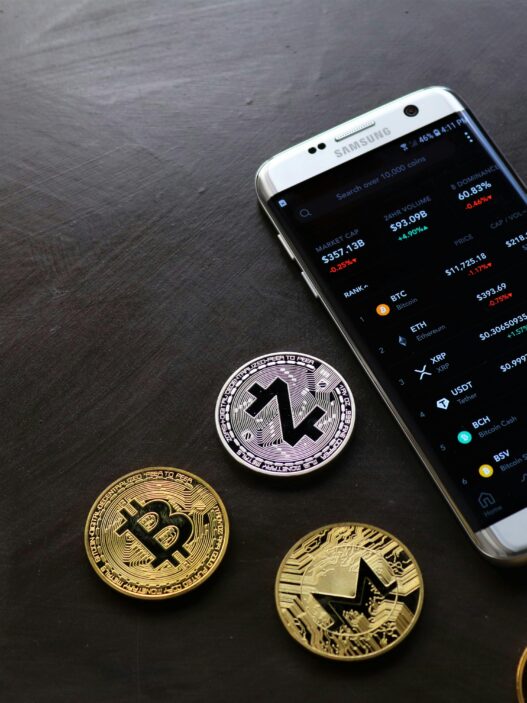Protect Your Wealth
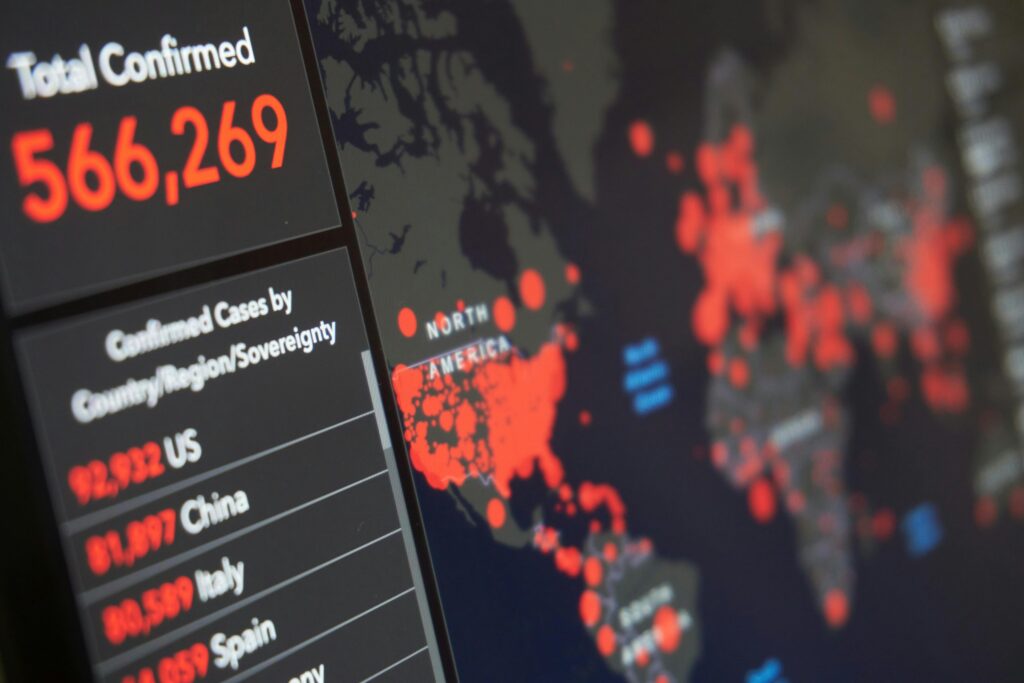
The South African rand has weakened significantly, dropping from R6.15 to a peak R19.20 against the US dollar since 2000, a 4.8% annual depreciation. For young professionals aged 30–55 in 2025, facing 5.2% inflation and an 10.75% prime lending rate, this erodes purchasing power and local investment returns. Offshore investing, particularly through low-cost, rand-denominated exchange-traded funds (ETFs), offers everyday South Africans a way to hedge against rand volatility, diversify portfolios, and access global growth. Here’s why offshore ETFs are a smart, accessible choice.
The Weakening Rand’s Impact
A weaker rand increases the cost of imported goods, fuel, and living expenses, fuelling inflation and reducing wealth. Why risk your wealth on local volatility when global diversification can protect it?
Democratizing Offshore Investing
Offshore investing was once complex, requiring tax clearance for amounts over R1 million or a R10 million annual investment allowance. Every South African has a single discretionary allowance (SDA) of up to R1m, which can be sent offshore, per calendar year. No tax clearance certificate is necessary when externalising funds via your SDA. High minimums and fees excluded average investors. Now, platforms like www.alta-x.com and Old Mutual International offer direct offshore ETF’s while, Easy Equities and SatrixNOW offer rand-based offshore ETFs with low entry points. With 90% mobile penetration, anyone can invest via user-friendly apps. Why let complexity or cost bar you from global markets? Its not complicated and you don’t have to be ultrawealthy to invest offshore. Making a monthly investment will give you the benefits of Dollar cost averaging (DCA) can benefit investors by reducing the impact of market volatility, and which can lead to buying more shares when prices are low.
Why Offshore ETFs Are Ideal
Rand-Hedging: ETFs like the Satrix MSCI World ETF track global indices, delivering rand-based returns that rise with a weakening rand. If the rand drops from R18 to R21 per dollar, a $1,000 investment grows 16.67% in rand terms, even without market gains.
Diversification: Unlike the JSE All Share, where 66% of earnings are offshore, ETFs like Satrix MSCI World or iShares MSCI Emerging Markets provide exposure to global companies with unique risk profiles, reducing reliance on local markets.
Low Costs: Offshore ETFs have fees as low as 0.25%, compared to 1.5–2% for active funds, maximizing returns. The iShares MSCI World ETF achieved a 9.38% CAGR over five years, outperforming many active funds. These are available on www.alta-x.com and Old Mutual.
Accessibility: Feeder funds, like the Satrix MSCI World Equity Index Feeder Fund, allow investments in rands without SARS clearance.
Real-World Example
Invest R10,000 in the Satrix MSCI World ETF. If the rand weakens 4.8% annually and the index grows 9.38% (five-year average), your investment could reach R18,200 in five years, outpacing local inflation. Even if the rand strengthens, global market growth cushions losses.
Getting Started
Choose a Platform: Use www.alta-x.com, Old Mutual, SatrixNOW for low-cost ETF access.
Select ETFs: Consult a Planner and explore Satrix MSCI World, Satrix MSCI Emerging Markets, or Sygnia International Flexible Fund for diversified exposure.
Align your risk profile: Consult a Planner – Align ETFs with your risk profile and goals, considering currency volatility.



